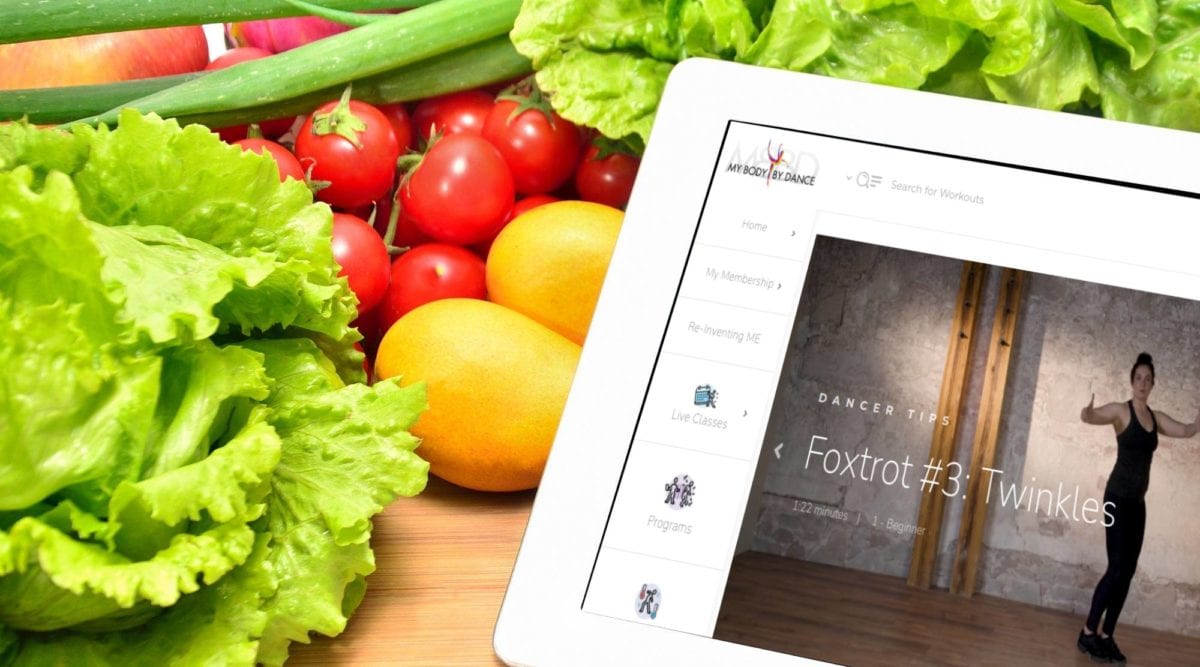Want to Eat Healthier?
Shape Up Your Pantry
It’s easier to eat well—and maximize the benefits of your dance fitness routine–when you make meals yourself and have a lot of healthy choices on hand.
Having a stable full of good-for-you staples helps you speed through the grocery store too because you’re not starting from scratch. Once you bring the food home, the next step is to create order from chaos. Having an organized kitchen can further set you up for mealtime success.
Here are three top tips for arranging a pantry that can serve you well.
#1: Take stock.
Once a season, inventory your cupboards and toss expired food or donate non-expired food you know you won’t eat to a food pantry, even if it’s “healthy.” If you bought lots of quinoa, for example, but it’s not getting used, donate it. You want to be able to make room for foods that better match your needs and preferences, such as white beans, chickpeas, canned tomatoes and whole grain pasta.
#2: Stash problem foods.
Store anything you don’t want to be eating on the regular in opaque containers. Keep crackers, cookies, chips and cereal, hidden in a top cabinet, and store extras in the basement. That way, if you’re in the mood for it, you have to work to get to it. Or, better yet, don’t bring problem foods into the house except on special occasions. Research shows we’re all on a see-food diet. The mere sight of food can cue us to eat.
#3: Showcase healthy options.
Likewise, put healthier foods you want to eat more of in clear containers, such as nuts, oatmeal and dried fruit, in your cupboard and fresh veggies at eye level in the fridge. That way, you’ll be more likely to reach for them.


